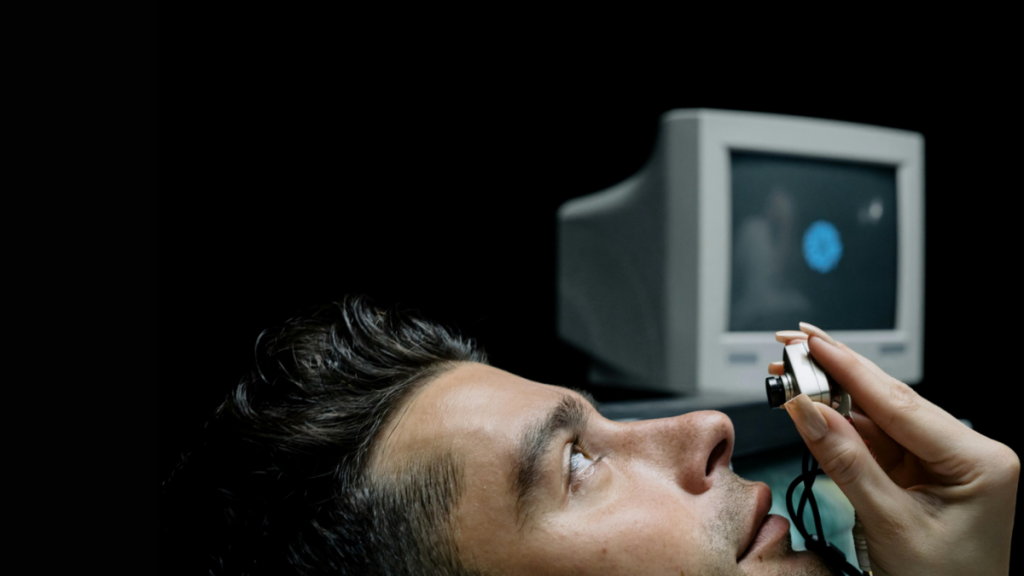Most patients notice significantly improved vision within a few days of cataract surgery. While the procedure itself is brief, the healing process takes more time and care. A structured approach to recovery can help reduce complications and support long-term results.
Immediate Effects After Surgery
In the first 24 hours after surgery, it’s common to experience mild discomfort, blurry vision, and light sensitivity. Your eye is adjusting to the new intraocular lens, and the tissue surrounding the surgical site is still healing. Many people feel tired or need extra rest during this period. Your surgeon will provide a protective shield or bandage, which must be worn as instructed, particularly while sleeping.
Some patients report a gritty or scratchy sensation. These symptoms generally fade within a few days. You may also notice glare or halos at night, which typically lessen over several weeks.
Expected Vision Improvements Over Time
Although some patients experience sharp vision within days, for others, clarity returns more gradually. Full stabilization can take between four to eight weeks, depending on factors like eye health, age, and pre-existing conditions. In general, most individuals regain their daily visual functions—like reading, driving, and using digital screens—within the first week.
If both eyes require surgery, your doctor may wait one to three weeks between procedures. This gives your first eye time to heal and lets your surgeon evaluate how your body responds.
Factors That Influence Healing
Several variables affect how quickly and effectively your vision improves. These include:
- The type and severity of your cataracts
- Your body’s healing response
- Existing eye conditions such as glaucoma or diabetic retinopathy
- How closely you follow post-operative instructions
You may also recover faster if you had dropless cataract surgery. This approach eliminates the need for daily eye drops and simplifies recovery by placing medication directly inside the eye during the procedure. Not everyone qualifies for this method, so talk to your surgeon about your options.
Post-Surgical Guidelines

Your role in the healing process is critical. To support your eye and help improve vision safely, follow these recommendations:
1. Avoid Eye Strain
Limit screen time and reading for the first few days. These tasks require sustained focus and may increase discomfort or delay healing. Rest your eyes frequently and work in well-lit spaces to prevent squinting.
2. Refrain From Physical Exertion
Activities like lifting heavy objects, running, or bending over can increase pressure inside the eye. Avoid them for at least one week. Even minor strain can affect the healing incision or the position of your new lens.
3. Protect the Eye From Contaminants
Do not rub your eye, even if it feels itchy. Avoid exposure to dust, smoke, or strong air movement, such as from fans or car vents. Keep water out of your eye while bathing. Pools, hot tubs, and saunas should be avoided for at least one to two weeks.
4. Wear Eye Protection
Use any protective eyewear or shields provided by your surgeon, especially while sleeping. They prevent accidental rubbing and reduce the risk of infection.
5. Attend All Follow-Up Visits
Your surgeon will examine your eye one day, one week, and possibly several weeks after surgery. These appointments allow them to track your progress and identify potential issues early. If you’re not seeing the improvements you expected, your doctor can adjust your treatment plan.
6. Take Medications as Prescribed
Unless you underwent dropless surgery, you’ll likely need to use eye drops to prevent infection and reduce swelling. Use them exactly as directed. Set reminders if needed. Skipping doses or using drops incorrectly can delay recovery.
Signs That Need Medical Attention
While complications are rare, certain symptoms should not be ignored. Contact your doctor if you experience:
- Increased redness or swelling
- Sudden loss of vision
- Sharp or worsening eye pain
- Light flashes or floating spots
- Excessive tearing or discharge
Catching problems early improves outcomes and reduces the risk of permanent damage.
Lifestyle Adjustments That Help
Cataract surgery offers an opportunity to reset your visual health. Consider making a few everyday adjustments that help your eyes recover and maintain their strength.
Nutrition
Eat meals that are high in antioxidants, vitamin A, and omega-3 fatty acids. Foods like spinach, salmon, and sweet potatoes support eye tissue regeneration and long-term clarity.
Lighting
Use soft, indirect lighting in your home to reduce strain. Bright light directly in your field of vision may be uncomfortable for the first few weeks.
Hydration and Sleep
Staying well-hydrated and getting regular sleep contribute to your body’s healing response. Dry eyes and fatigue can slow recovery or make minor irritation feel worse.
Gradual Return to Routine
Resume driving, working, and exercising based on your surgeon’s guidance. Vision may fluctuate slightly during recovery. Allow time for your eyes to fully adjust before engaging in tasks that require precision or rapid movement.
How Surgery Affects Long-Term Vision
Cataract surgery often improves vision immediately, but the full benefits may not be obvious until a few weeks have passed. For many patients, colors appear brighter, contrast improves, and glare from lights is reduced. You may still require glasses for reading or distance, depending on the type of lens you receive.
Some people may develop a secondary condition called posterior capsule opacification (PCO), which causes cloudy vision months or years after surgery. This is easily treated with a brief outpatient laser procedure called YAG capsulotomy. It takes only a few minutes and does not require anesthesia.
Staying Informed and Proactive
Improving your vision doesn’t end once the surgery is complete. Healing is a process that benefits from preparation, attention, and patience. While technology and surgical techniques have advanced, your participation in the recovery process plays a significant role in the outcome.
Ask your surgeon questions during follow-up visits. Share any concerns or changes in vision you experience. Ongoing communication helps your care team support your progress and address issues before they become serious.
Summary
Cataract surgery is one of the most effective ways to improve vision for adults with lens clouding. But the procedure is only one step. Recovery requires rest, routine care, and attention to detail. By following medical instructions and making small lifestyle adjustments, most patients regain functional vision within weeks—and see sharper, brighter results in the months that follow.

